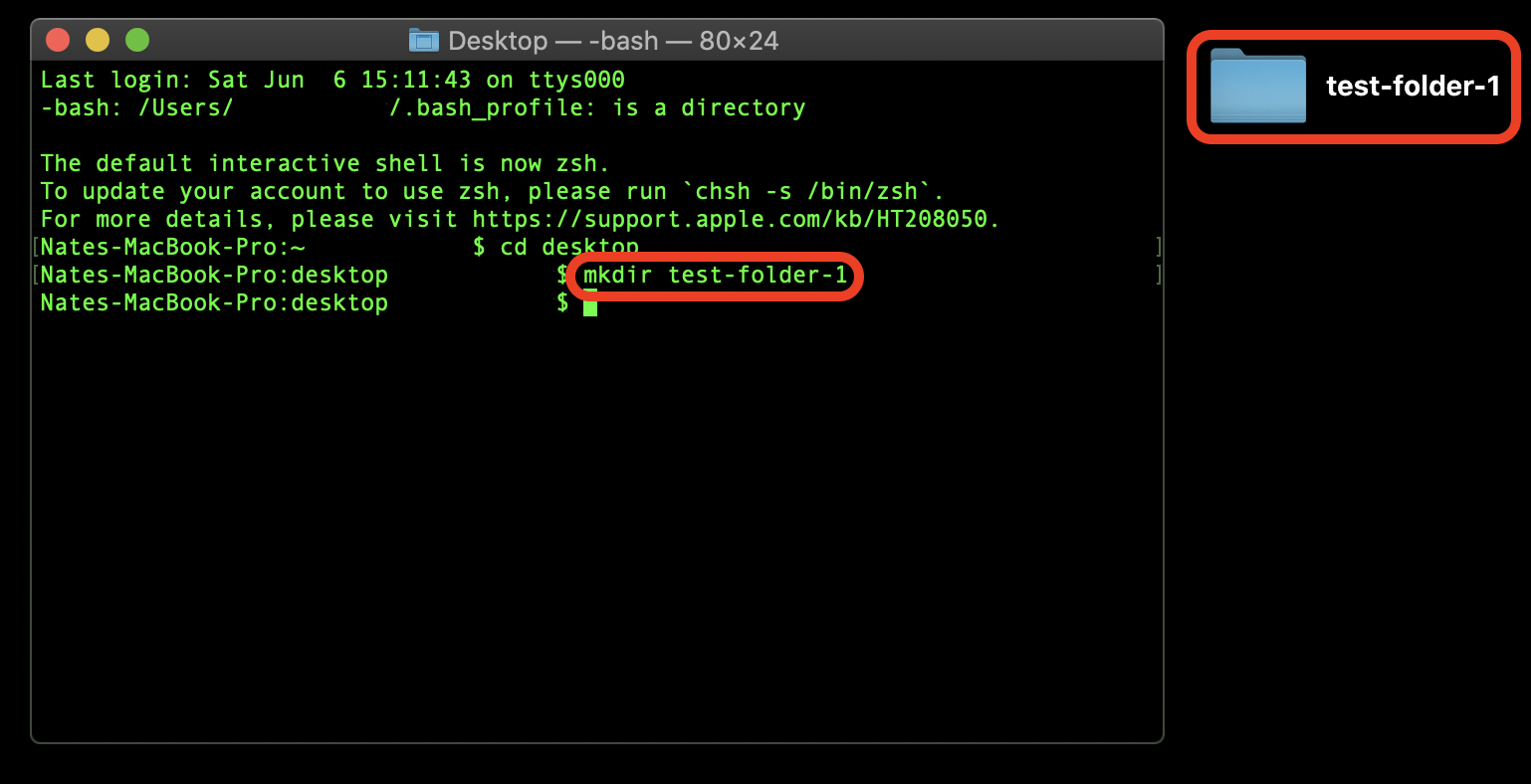
- HOW TO CREATE FILE IN TERMINAL MAC HOW TO
- HOW TO CREATE FILE IN TERMINAL MAC FULL
- HOW TO CREATE FILE IN TERMINAL MAC SOFTWARE
This is the command to remove write-protected files. Just type the name of the file after typing in the command like so: rm filename This is the primary command used to delete a single file. Some work better in certain situations than others, so go through the list and see which of them suite your needs the most. There are several commands you can utilize to your advantage. Part 2: Terminal Commands to Delete Files Terminal has this function in its large arsenal too, and with just one or two commands, you can take everything out of the Trash again.
HOW TO CREATE FILE IN TERMINAL MAC SOFTWARE
These files mostly harbor settings for particular software or sections of your macOS, and a dot (.) normally precedes their names. Many of your files can be hidden by Finder and accessing them becomes almost impossible except via Terminal.Doing this also nullifies the need to open several folders and highlight all the files and then empty Trash too. By using wildcards (*,, ?) you can quickly delete any number and size of files.

For one, using Mac Terminal is faster than using Finder.With that being said, is there a reason you should opt for the more complex option? Yes, there is. Certain third-party apps can perform the action for you too.įor the majority of Mac users, deleting files using these mediums is more user-friendly than Terminal, which is arguably true. Part 1: Scenarios to Delete Files via Terminalīy default, your Mac comes with numerous ways to delete files, ranging from keyboard shortcuts to your Finder.

HOW TO CREATE FILE IN TERMINAL MAC HOW TO
HOW TO CREATE FILE IN TERMINAL MAC FULL



 0 kommentar(er)
0 kommentar(er)
